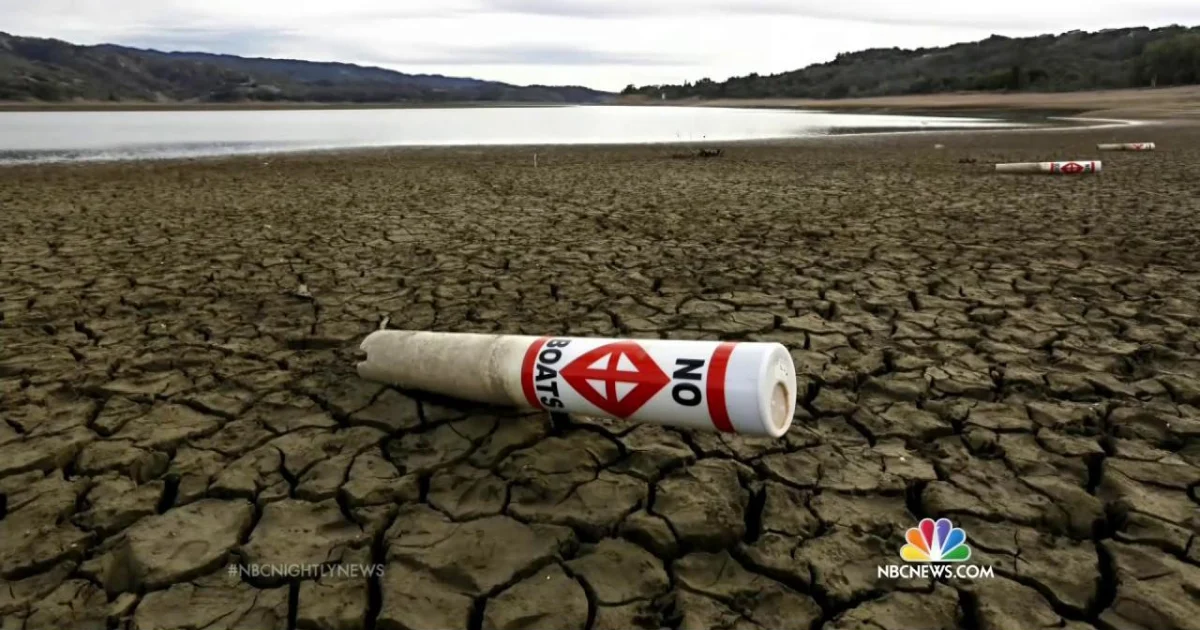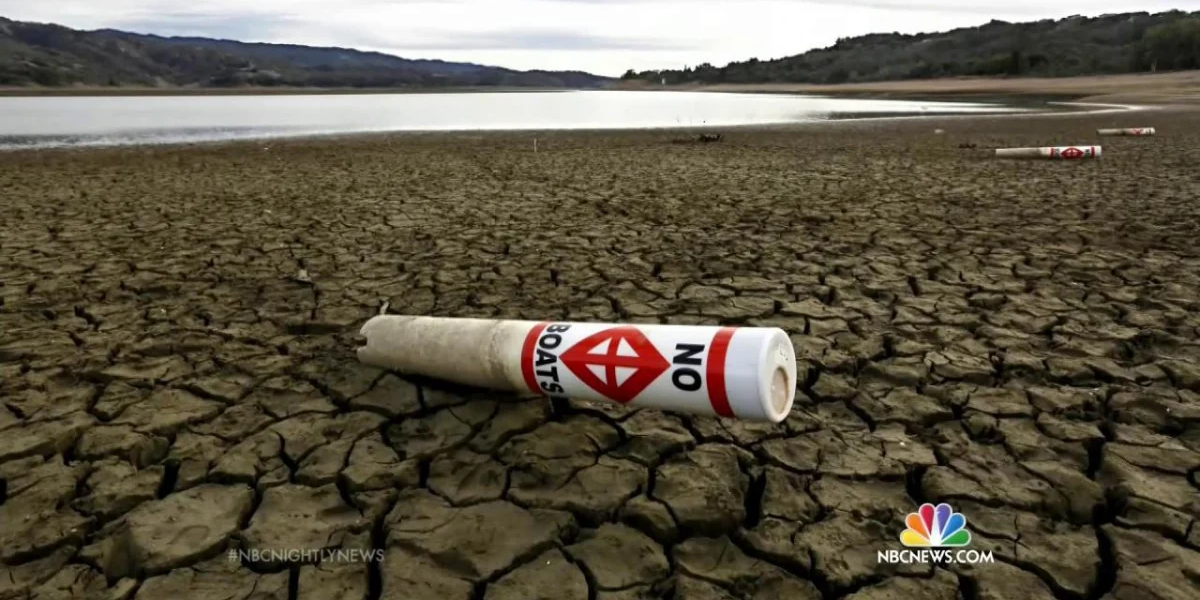 |
| US: Water shortage risks due to ambitious green hydrogen plan. (Photo: NBCNEWS.COM) |
Exploiting green hydrogen could lead to serious problems for the US
As the US pushes ahead with ambitious green hydrogen plans, an unexpected challenge has emerged: It’s become clear that one of the main water-related issues is water shortages. Green hydrogen is synthesized through electrolysis, an electrolysis process that splits water into hydrogen and oxygen.
While this method offers hope for clean energy, it consumes a large amount of water. Green hydrogen produced in a wet electrolyzer requires 18 to 24 liters of water for every kilogram of green hydrogen produced.
The U.S. Department of Energy’s green hydrogen target for 2050 would require about 1 trillion gallons of water per year. While that’s only about 1 percent of the country’s current freshwater consumption, the problem arises when considering where hydrogen projects are planned.
A worrying trend is emerging: Areas with current water shortages are home to many of the green hydrogen projects being proposed and started. Of the 18 approved energy projects that require large amounts of water to produce hydrogen, four are located in areas with high or extreme water shortages, according to the World Resources Institute’s Water Risk Atlas.
Experts warn that the United States is at risk of running out of water.
Some notable green hydrogen projects are controversial because of their locations in water-stressed areas.
Buckeye Plant: This project in Arizona is one of four projects permitted in high water stress areas.
Casa Grande Plant: Another project located in a water-stressed area of Arizona and has a larger capacity of 3,650 tons of hydrogen.
Los Angeles Power Plant: The city is redesigning its largest power plant to burn green hydrogen instead of gas, with three more planned for conversion. The first plant alone could use 122 million gallons of water a year by 2045.
SoCalGas Pipeline Network: This project, which would be the largest hydrogen pipeline network in the United States, could use up to 5.5 billion gallons of water per year to produce hydrogen.
The development of green hydrogen projects in water-scarce areas is therefore a cause for concern given the rapid proliferation of such projects globally. For example, Food and Water Watch has opposed the expansion of hydrogen in California, arguing that it could exacerbate water shortages in the state.
How is green hydrogen being produced in the US?
Residents in water-scarce areas are eager to know how this affects their water supply. Some homes in California’s Central Valley already face 2 1st-century problems like dry wells, and using water for hydrogen production is expected to exacerbate the problem.
Therefore, while the water consumption rate for green hydrogen production is a concern, it is important to consider the bigger picture, keeping in mind water utility and the impact of switching to environmentally sustainable energy sources.
Why is this a concern?
That’s because the estimated 1 trillion gallons of water per year needed to meet the U.S. Department of Energy’s 2050 green hydrogen goals represents 1% of the country’s current freshwater supply.
Additionally, if green hydrogen replaces some water-intensive industries, this could lead to less water use in some industries, thus creating a kind of water-saving process in industrial processes.
The biggest energy exploration in American history is one step away from becoming a historic mistake that the country will regret. The problem is that green hydrogen in the US is heavily dependent on the cleanest water sources, unlike other types of hydrogen. An example and a possible solution could be orange hydrogen, which uses wastewater as a resource, with proper management to avoid contamination of large underground aquifers, as is already done in some countries in Asia and Europe.
4o



